We may look back at the 2024 ATP NextGen finals in the years to come, and ask how so much talent could be squeezed into such a small tournament.
Watch every ball of The 2025 Women’s Ashes Series LIVE with no ad-breaks during play on Kayo | New to Kayo? Get your first month for just $1. Limited time offer.
Last December’s $US2 million event, featuring the eight highest-ranked players aged 20-and-under, was won by the world No.145 who had only just squeezed in as the last qualifier.
You might’ve heard of him over the last week – Joao Fonseca. He won his first ever grand slam match, which happened to be against a top-10 player in Andrey Rublev, in straight sets.
But the 18-year-old wasn’t the only teenager to stun a top-10er in the opening week of the Australian Open.
Fonseca has since been joined by Jakub Mensik, with the 19-year-old Czech downing world No.6 Casper Ruud in four relatively comfortable sets, and Learner Tien, a 19-year-old American qualifier who stunned reigning Australian Open finalist Daniil Medvedev in an early-morning, five-set thriller.
They aren’t the only members of that NextGen field to have shone at Melbourne Park. Alex Michelsen, 20, also claimed a scalp when he knocked out former finalist Stefanos Tsitsipas in the first round; Arthur Fils, with the No.20 seed to match his age, also made it through to the third round.
Throw in Nishesh Basavareddy, the wildcard who put a massive scare into Novak Djokovic in his tournament opener, and Juncheng ‘Jerry’ Shang, who was impressive in the Hong Kong lead-up tournament but withdrew from both that event’s semi-final and his first round Australian Open match.
You could say they’re the start of tennis’ next generation. After all, that’s the idea of them all playing at the NextGen event.
But it’s bigger than that, because men’s tennis has been waiting for a next generation for a while.
Seems like they were third time lucky.
After all the historic dominance of the big three – Novak Djokovic, Rafael Nadal and Roger Federer, for those stuck under a rock for the past two decades – crushed the natural cycle, where stars replace stars and new faces win slams each year; between 2000 and 2003, 11 men shared the 16 titles, for example.
But that legendary trio concreted over any new growth, with only a few tufts of grass able to reach the surface – Andy Murray and Stan Wawrinka thrice, and Marat Safin, Juan Martin del Potro and Marin Cilic once each. It was otherwise 15 years of utter dominance.
It created modern men’s tennis’ first lost generation.
It’s the likes of Grigor Dimitrov, Milos Raonic, Kei Nishikori, Tomas Berdych, Kevin Anderson and Jo-Wilfried Tsonga, who all made the ATP top five and at least one grand slam semi-final, but never took that next step into greatness.
Murray and Wawrinka were exceptions, but arguably sat a generation behind that group anyway, as mid-80s kids. It was the early 90s crew who really lost out, coming into their theoretical primes when the big three were still in theirs.
But Djokovic, Nadal and Federer had to get worse eventually, right? It was just a matter of time, and the next generation who emerged late in the 2010s looked very promising.
A couple of them, Daniil Medvedev and Dominic Thiem, even got to the mountain top and won a slam. They were part of a larger group, including Alex Zverev, Casper Ruud, Stefanos Tsitsipas and Andrey Rublev, who all cracked the ATP top five. Another handful made the top 10 and could at least reach a slam semi-final – and from there, you’re just two wins away, which sure doesn’t sound like it’s that far.
The problem was Djokovic and Nadal, in particular, rewrote the ageing curve. Medvedev had the most impressive feat of his generation, stopping Djokovic’s 2021 grand slam attempt in the US Open final. But otherwise the Serb and Spaniard directly took 13 slams from Meddy and his mates, beating a member of that generation in a slam final.
And in the process, they bought enough time for the next next generation to emerge.
Medvedev knocked out by teenager Tien | 01:29
Carlos Alcaraz got there early, but then 2024 became the year of Jannik Sinner. Aged just 21 and 23 respectively, they are closer in age to the Next-Gen competitors than anyone else who has ever won a slam.
It creates a stark gulf in which an entire decade has been forgotten. In total, men born in the 1980s have won a combined 80 grand slam titles. Men in the 1990s? Just two – Medvedev and Thiem’s US Opens. They’ve already been overtaken by men from the 2000s, thanks to Sinner and Alcaraz’s combined six.
In an individual sport like tennis, where you’re only supposed to be at the tippy top for a half-decade, that’s two generations effectively made irrelevant.
That’s what made the three top-10 wins by teenagers at the 2025 Australian Open so dramatic – they were specifically members of the Next Gen against members of the generation they’re replacing. It was like watching time pass by on a tennis court.
Perhaps some member of Medvedev and company will be good enough to win a slam again. Heck, Zverev is the No.2 seed at this very tournament and has a pretty clear draw until the semi-finals – he just needs to stop bottling it in big matches.
But time is running out. And success will only breed success as the kids realise they don’t have to wait their turn.
“I think it was definitely pretty inspiring,” Learner Tien said of the other teen topplings, after his upset of Medvedev.
“They obviously got those wins before I played my match today, I was just trying to almost join them. I think just seeing them, the wins they’ve had this week, just adds a little bit more belief that it’s possible.”
Collins knocks out last Aussie woman | 00:59
Mensik, after his victory over Ruud, explained: “They were teenagers a few years ago. We can approach the same and go by their steps and try to reach the same level, compete against them.
“It’s great that there is new blood, always. We can see that tennis is moving on. We can see different or new names at tournaments. For the fans, for tennis, for everything, it’s really great. The new blood is coming.”
That growing motivation, and the knowledge it can be done, works the other way too.
Tsitsipas, who lost to Michelsen in the opening round, claimed he is a “better player” now than he was a few years ago when he was world No.3 and made the Australian Open final.
But he conceded: “I had a fresher mind back then, it seemed like I was hungrier.”
And it’s very easy to lose that hunger and passion when you feel like your opportunity is slipping away.
Those currently at the top have the advantage of the rolling 12-month ATP rankings system; they are ranked high because of their success, and their high rankings make their draws easier, which makes their results better, which makes their draws higher, and so on in a virtuous loop.
But when you’re knocked out in the early rounds of a slam, like Tsitsipas, Ruud and Medvedev were, it hurts. Medvedev, the former world No.1, was defending finalist points at this event – he’ll lose a big chunk of his haul, and could fall out of the top eight.
It’s a slow degradation, but you’ll feel it eventually. Just like watching, tournament after tournament, seeing younger players surpass you. It gets at you mentally.
And then suddenly you’re seeing a 21-year-old in Alcaraz bring his career total to four slams, and threaten to become the youngest man in history to complete the set. Or losing to a literal teenager.
Time comes for everyone. Just some more than others.















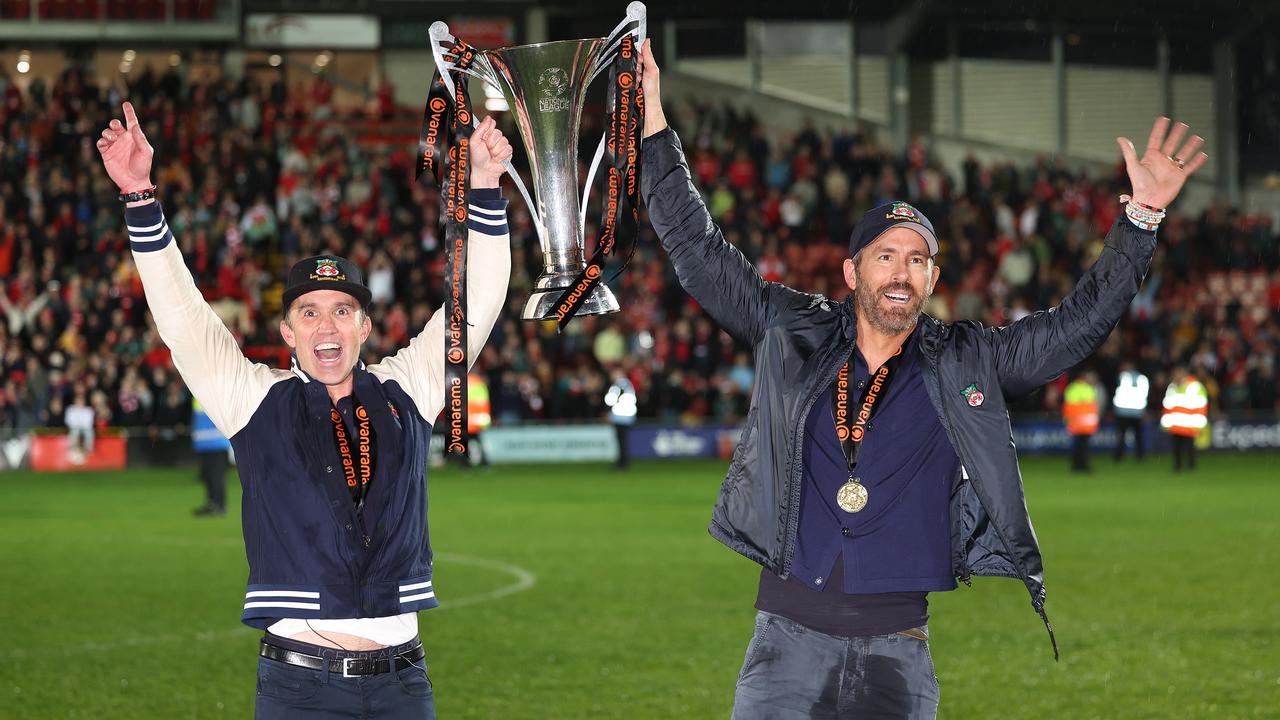
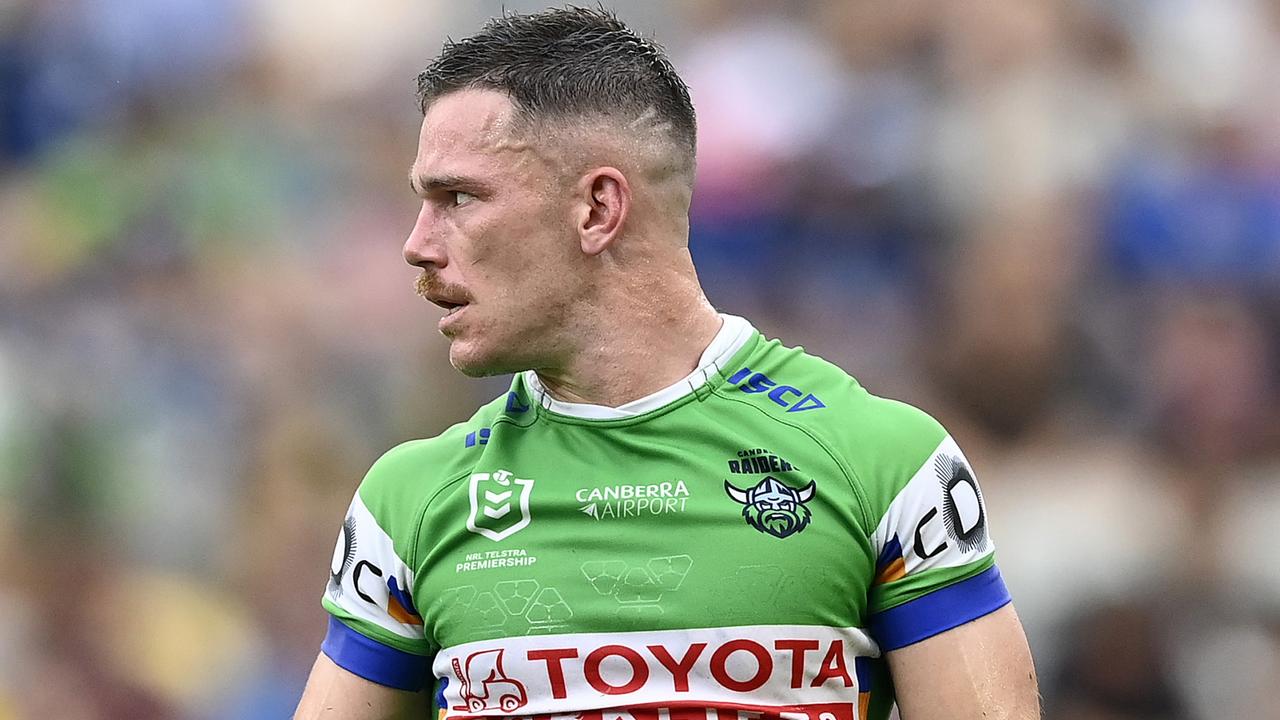
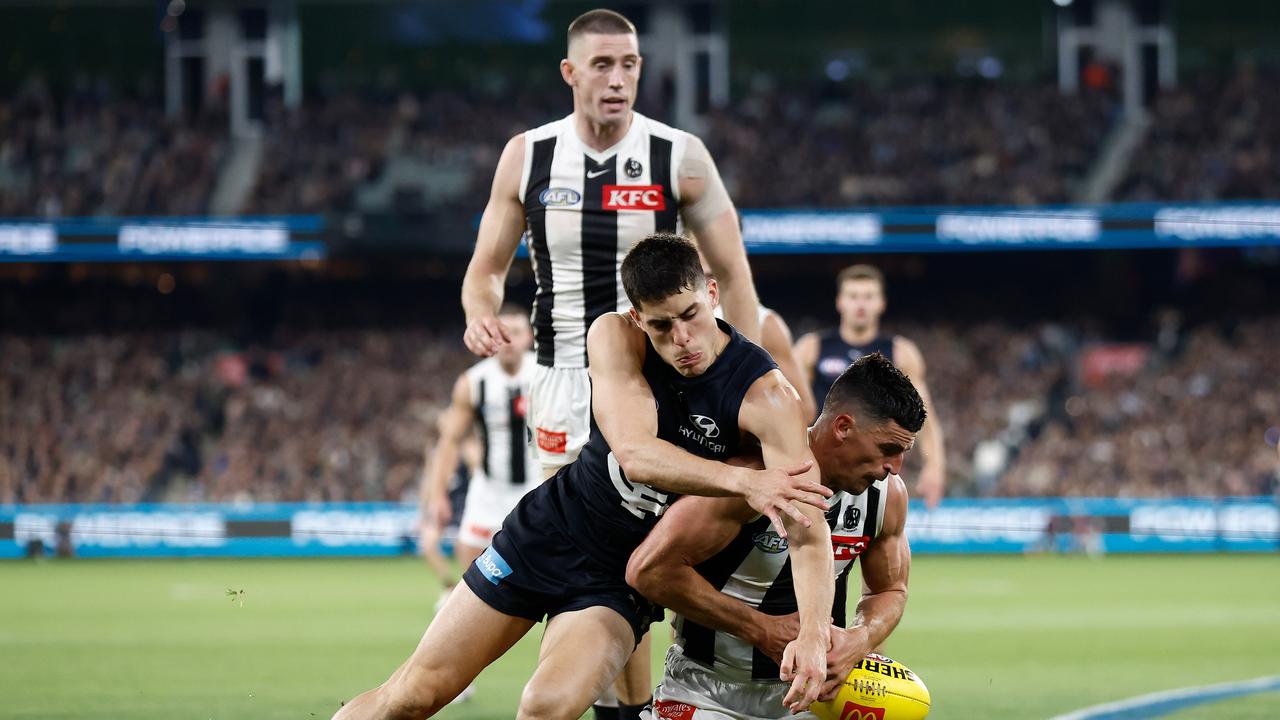











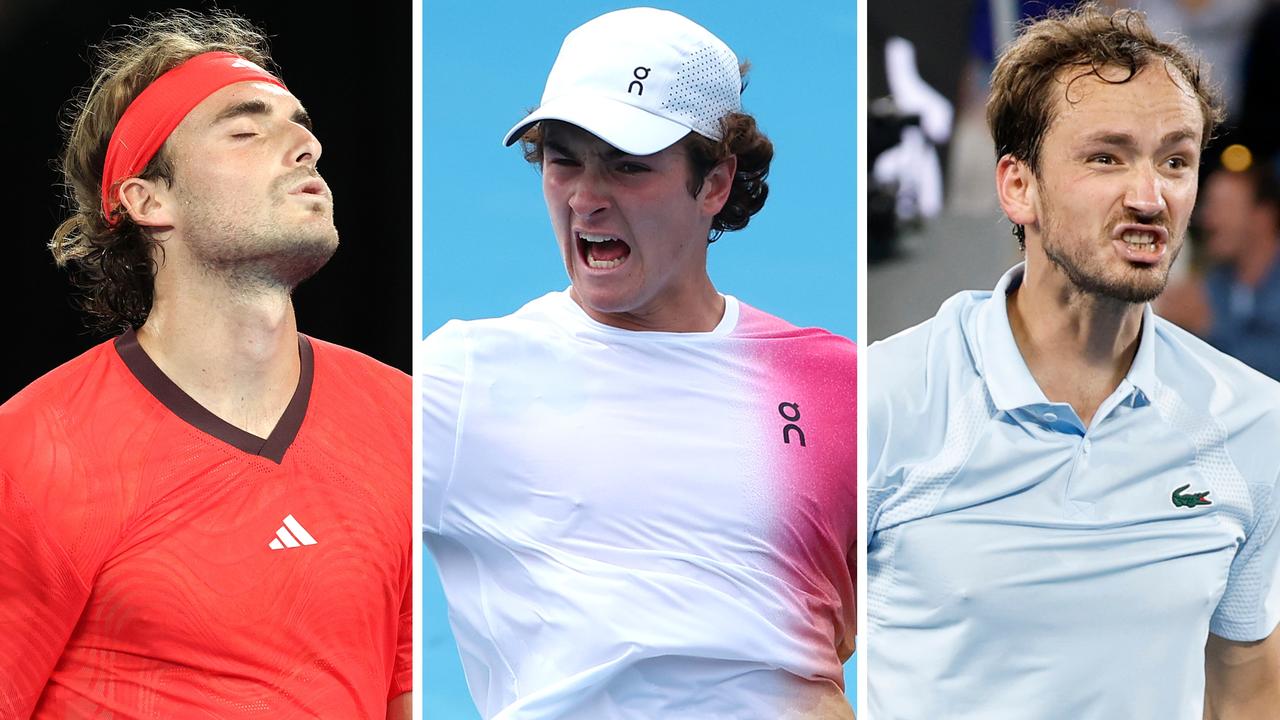
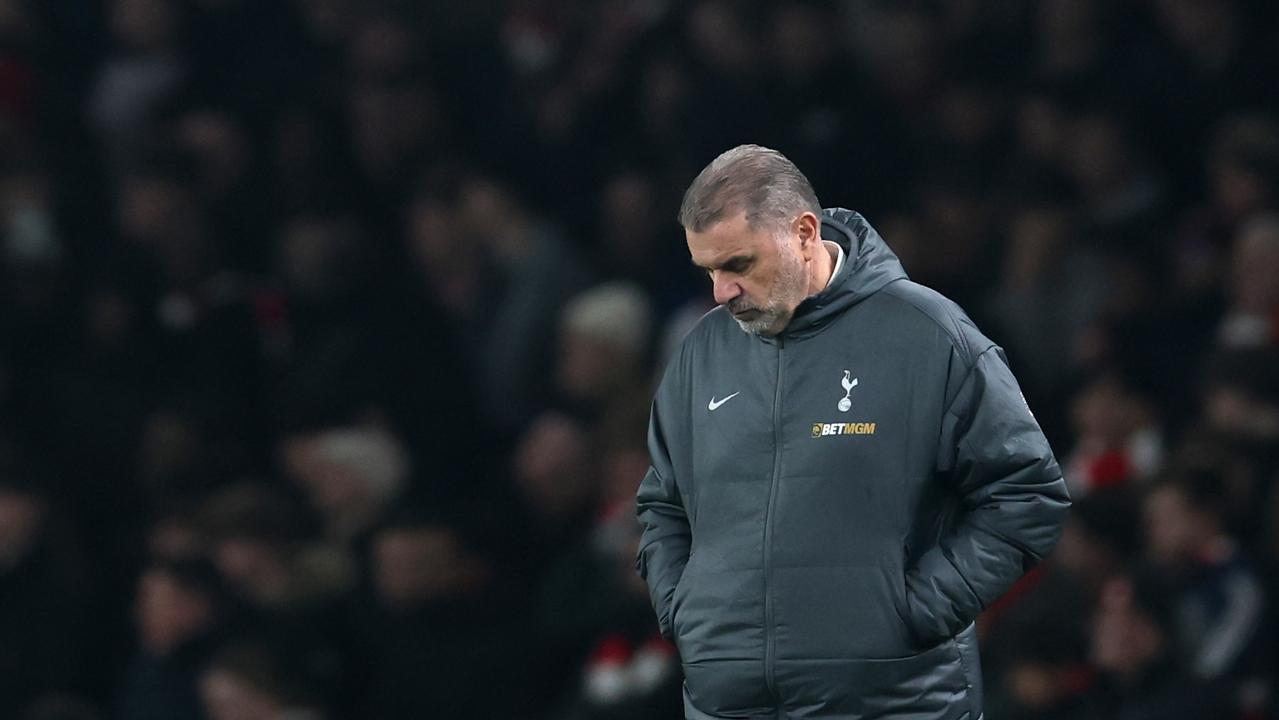
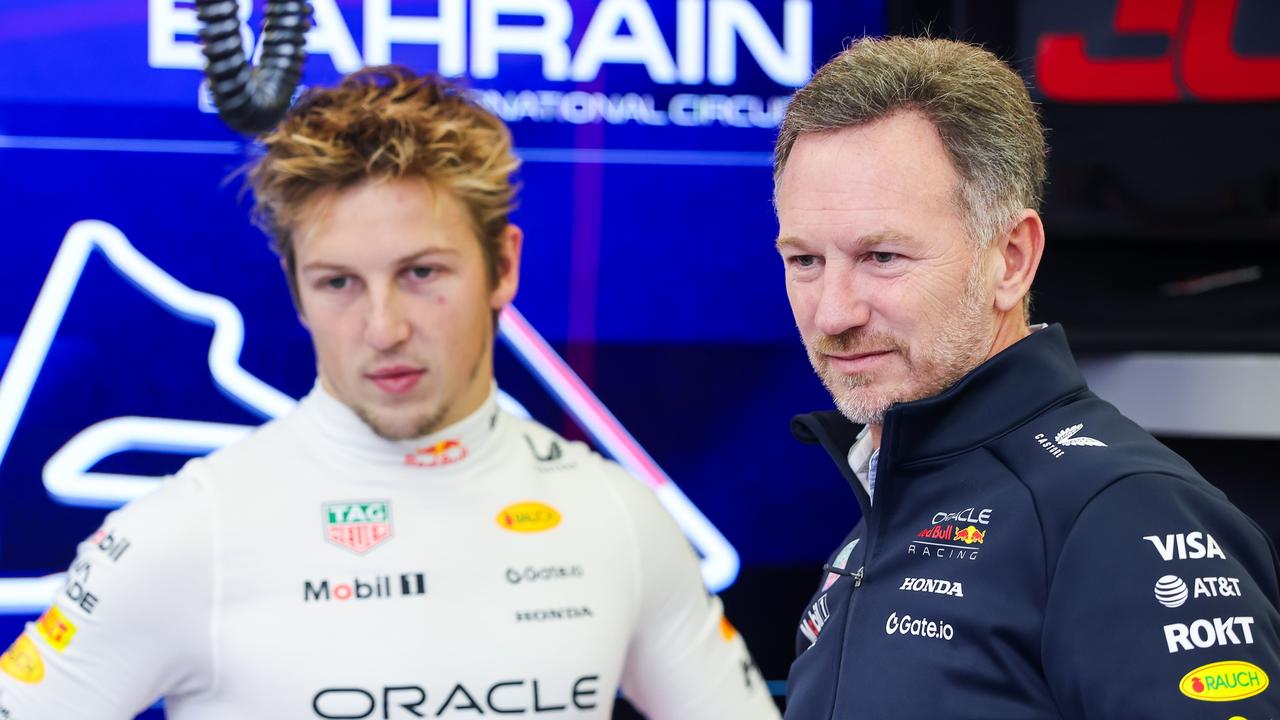
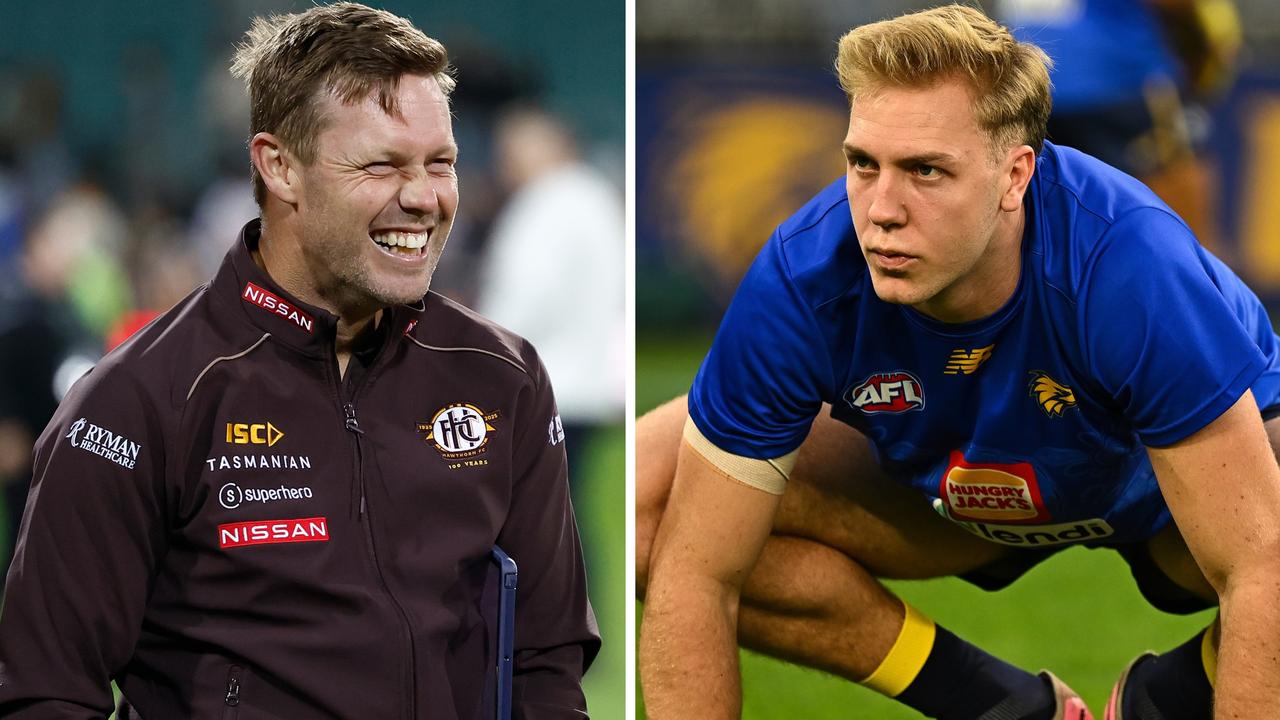

Discussion about this post